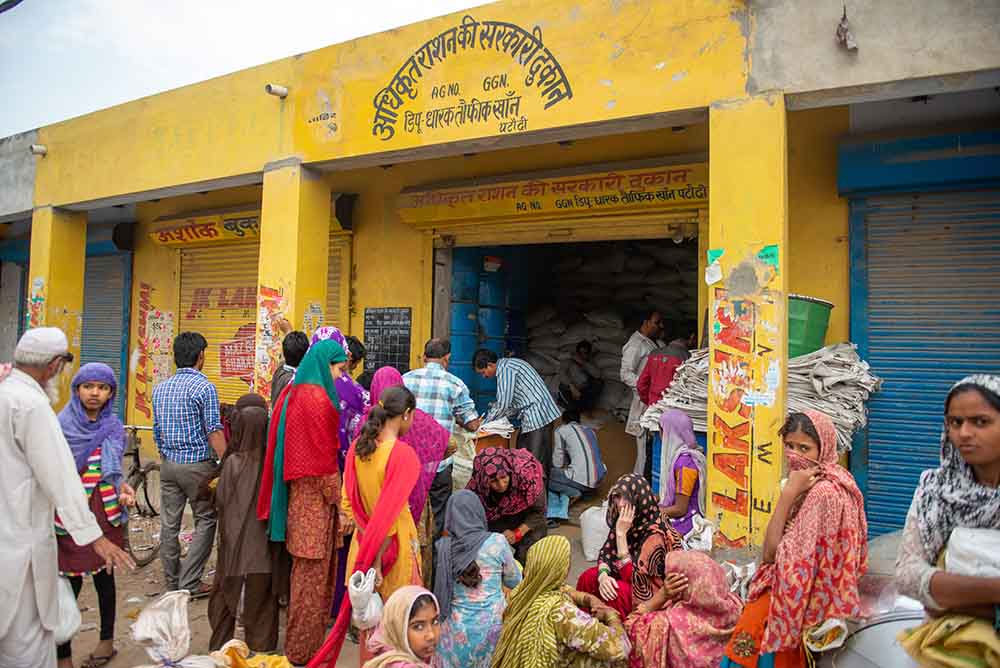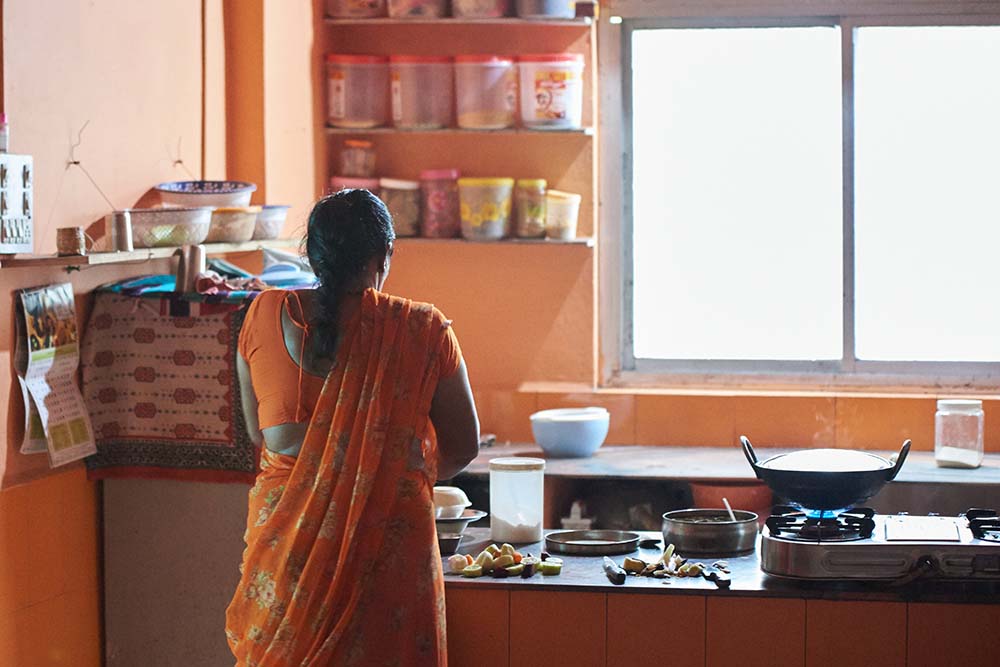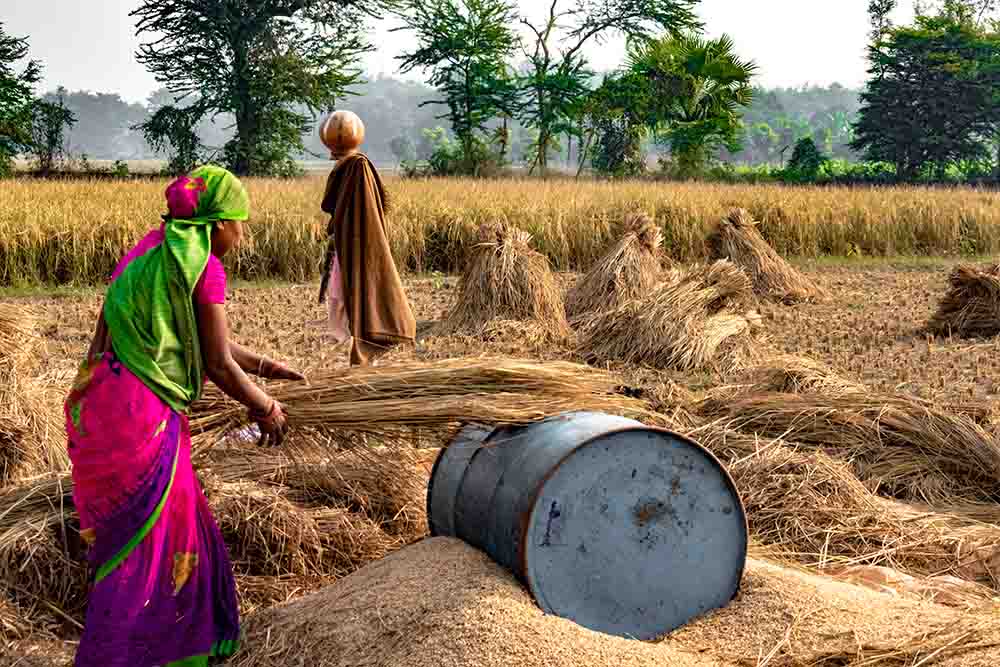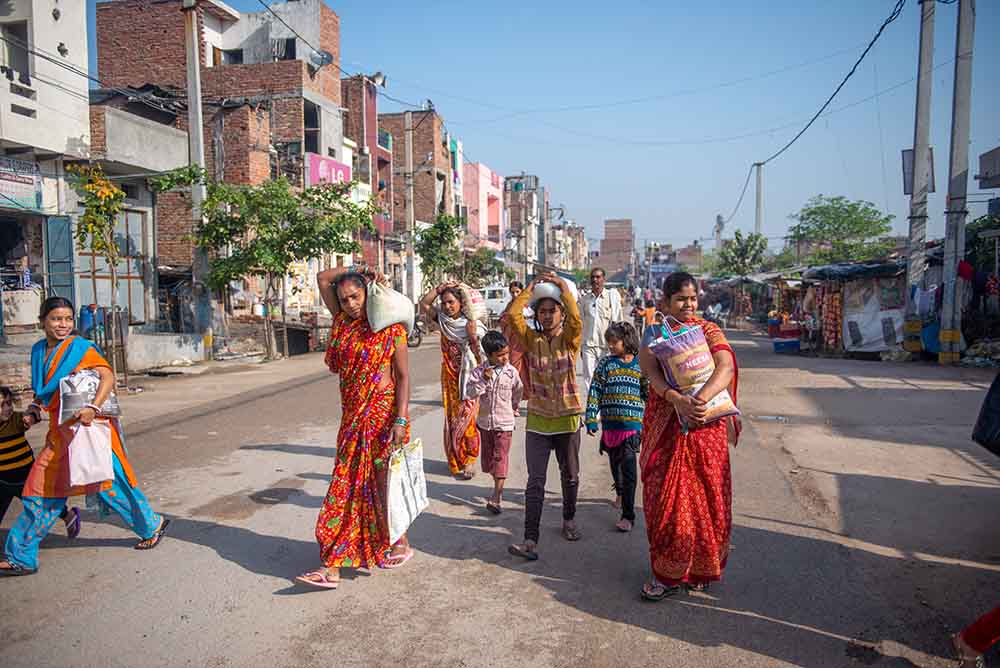There are nearly 195 million undernourished people in India, which is a quarter of the world’s hunger burden. According to statistics by UN India, 43 per cent of children in the country are chronically undernourished. India held the 71st position with an overall score of 57.2 points on the Global Food Security Index 2021 of 113 countries. The Global Hunger Index 2021 ranked India at 101 position out of a total 116 countries. India was also behind most of the neighbouring countries – Pakistan was placed at 92 rank, Nepal at 76 and Bangladesh also at 76. The reasons behind this challenge can be broadly categorised into – unavailability of food, poor, purchasing capacity, socio-demographic concept, illiteracy, poor environmental conditions, gender bias, unemployment, overcrowding and politico-developmental concept.

Global food crisis disproportionately affects women, the UN World Food Programme (WFP) calculated that women and girls accounted for 60 per cent of chronically hungry people around the world. Food security is reliant on three parameters - availability, accessibility and affordability and yet women account for 70 to 80 per cent of household food production and the sole responsibility of feeding the family lies with her. In her paper on Gender Equality and Food Security, Nitya Rao, literary scholar, professor of gender and development mentioned that over the last decade, there has been growing evidence of an agrarian crisis, reflected not only by an increase in farmer suicides but equally by large-scale male migration to nonfarm jobs in urban areas in order to survive. These developments have brought home the reality of a feminised agricultural sector in policy circles. Uncertain and irregular male remittances mean that women’s work in agriculture and other forms of rural labour remain the mainstay of food availability and access for a large majority of the poor and marginalised, especially rural women and their children.
In a recent interview with Her Circle, Naina Lal Kidwai, former President of the Federation of Indian Chambers of Commerce and Industry and industry expert on finance said, “There is plenty evidence to suggest a strong link between gender inequality and food and nutrition insecurity, yet the policy around food and nutrition security in India has largely been gender-blind.”

At the household level, changes in income, evolving food habits, gender relations, and changing aspirations with more resources allocated to education and other non-food items have also become important factors shaping food security “Overburdening the lady of the house with the responsibility for household food security is unfair, all the stakeholders involved need to encourage and enhance mutuality and sharing between men and women in households and communities. The ultimate aim should be moving toward gender-transformative approaches in policies and programs for achieving food and nutrition security in India,” said Vasudha Sondhi, Managing Director, OMPL Group.
Women's earnings are often spent on improvements in children's health and nutrition status than are men's incomes. Several studies find that women, compared to men, devote their income excessively on food for the family. “Societal and cultural norms expect women to ensure that household members, receive food on their plates, irrespective of whether she has the economic accessibility to afford it. Poverty is a major threat to household food security. These women require improved access to education and other resources that tend to raise income levels,” said Kidwai.
10 Major Factors Responsible For Gender-Based Food Insecurity in India:

1. Lack of awareness
2. Water, sanitation & health
3. Income control
4. Poor accessibility to credit and land rights
5. Poorly monitored nutritional programmes
6. Poor public distribution system
7. Lack of political will
8. Lack of intersectoral coordination
9. Lack of work-life balance
10. Social Protection
What Does She Want?

Her Circle spoke to women from all walks of life to understand what they need to bridge the gap:
• Policies across different sectors need to recognise women as equal workers and contributors to household food security, by ensuring equal entitlements to resources, services, and wages.
• Women’s rights to good quality land must be secured.
• Women should also be recognised as farmers and given credit and required training to pursue agricultural enterprises, irrespective of their land-ownership status.
• Ease of societal burdens with regards to unpaid care work, through the provision of good quality infrastructure and services including drinking water, fuel/energy, health, and childcare.
• Local government bodies should provide women control over local resources and provide a platform for them to be heard.